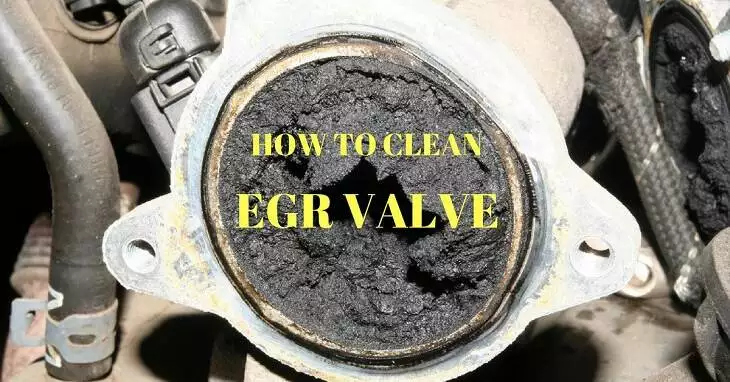When was the last time you cleaned the EGR valve in your car? The most common answer is probably ‘never’.
Do you have idling problems in your car? Do you encounter engine stalling, surging, and misfiring when the engine is cold? Then you might be looking at a dirty or clogged EGR valve.
I have a friend who spent close to a thousand dollars just to solve the idling problems in his car. The mechanic replaced the air filter, the MAF sensor, the spark plugs, and the fuel filter (in no particular order) to solve the problem. After all was said and done, my friend till had idling problems and poor engine performance.
He talked to me about the problem, and I quickly suggested inspecting the EGR valve. After a couple of hours tinkering with his car and getting our hands dirty, we started the car and behold! The idling problem was gone.
My friend was extremely thankful for the advice, so I decided to share the easy steps on how to clean the EGR valve. Give it a try, this might be the solution that your car is waiting for, especially if you’ve already exhausted each and every possible solution to remedy that pesky idling problem in your vehicle.
But first, here are some things you need to know about the EGR valve.
Contents
What Is The EGR Valve?
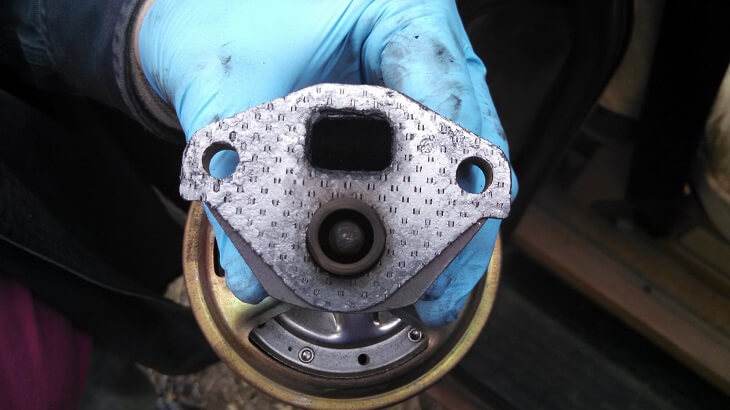
EGR stands for Exhaust Gas Recirculation. The EGR valve is basically a device that allows a small portion of the exhaust gas to be ‘recirculated’ inside the engine.
The engine will burn the recirculated gas to lower the temperature inside the combustion chamber, thereby reducing the number of harmful pollutants exiting your tailpipe.
In other words, the EGR valve is a device that is designed to lower the exhaust emissions of your vehicle. In order to comply with strict emission standards, modern vehicles are all required to have an EGR system installed in the engine bay.
What Are The Symptoms Of A Dirty Or Clogged EGR Valve?
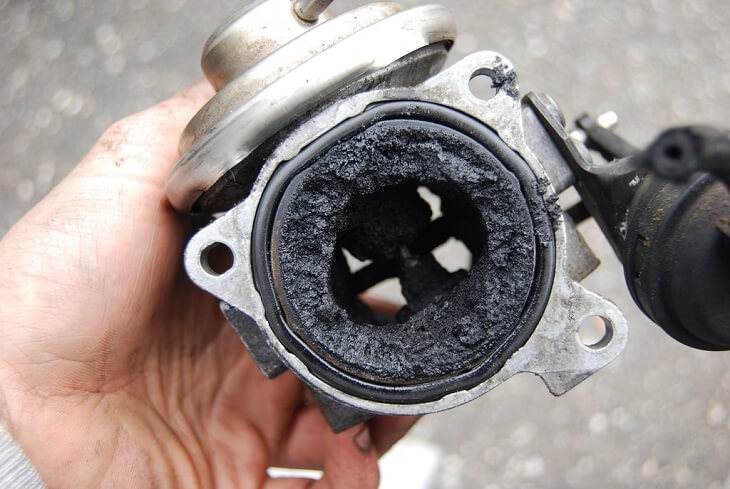
If the EGR valve is dirty, clogged, leaking, or is on the verge of failing, you can expect these symptoms to occur:
- If the EGR valve is stuck open due to an overflowing amount of carbon deposits, you will experience engine misfiring, poor idling, and engine stalling, which are all commonly manifested when the engine is cold.
- If the EGR valve is stuck in the closed position, there will be an abnormal buildup of nitrous oxide inside the engine causing knocking, pinging, and faulty engine timing.
- If the EGR valve fails or is about to go bad, you can expect a combination of the symptoms listed above.
- Modern cars will usually have a check engine light or malfunction indication light on the console when the CPU detects unusual problems with the EGR valve.
Since the EGR valve is a gateway for hot exhaust gasses, it is only natural for thick and murky carbon deposits to build up inside the valve. Over time, the carbon deposits will totally block the flow of exhaust gasses inside the combustion chamber, which incidentally will lead to serious engine problems in the near future.
How To Clean The EGR Valve
You can save a bit of time and money if you decide to clean the EGR valve in your own garage.
Things You Need
- Socket wrench and ratchet
- Carb cleaner or EGR valve cleaner
- EGR valve gasket (optional)
- Wire brush
- Clean cotton rag
- Safety goggles
- Work gloves
Instructions
Step 1: Park The Car In A Safe And Level Area And Let The Engine Cool
As with all engine repair jobs, it is best to work with a cool engine. Park your car, pop open the hood and let the engine cool.
Step 2: Locate The EGR Valve
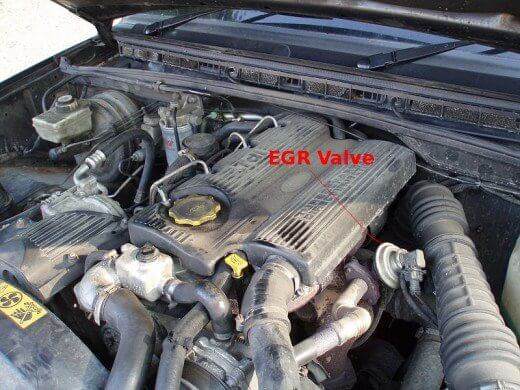
Via axleaddict.com
While allowing the engine to cool, you should find the time to locate the EGR valve. It is usually located on the side of the cylinder head, near the throttle body, intake manifold, or the firewall.
The EGR valve is usually a semi-flat round metal disc with a thin vacuum hose on top of the valve.
On newer cars, the EGR valve is the same semi-flat metal disc but it has a small sensor or box on top of the valve. You will also see a small wiring harness near the box.
Step 3: Remove The EGR Valve
Now that you have located the EGR valve, it is time to get ready by wearing the proper safety equipment. Put on your hand gloves and goggles before proceeding to remove the EGR valve.
Disconnect the vacuum hose attached to the valve. Check the hose for any signs of cracks or degradation. Replace if necessary. Do not reuse a damaged vacuum hose.
If you have a modern or newer car, you will also need to unplug the wiring harness or any electrical connectors from the EGR valve.
Use a socket wrench and ratchet to remove the mounting bolts in the valve. Depending on the make and model of your vehicle, the EGR valve will be attached by 2 to 4 bolts. Simply loosen the bolts and set them aside. Gently lift off the EGR valve and remove it gently from the mounting position.
Step 4: Inspect The EGR Valve Gasket
Once you have removed the EGR valve, you should check the gasket. If the gasket is frayed, broken, or torn into pieces, it is time to replace the gasket.
However, if the gasket looks fine, then you can reuse the gasket after cleaning the EGR valve.
Step 5: Clean The EGR Valve
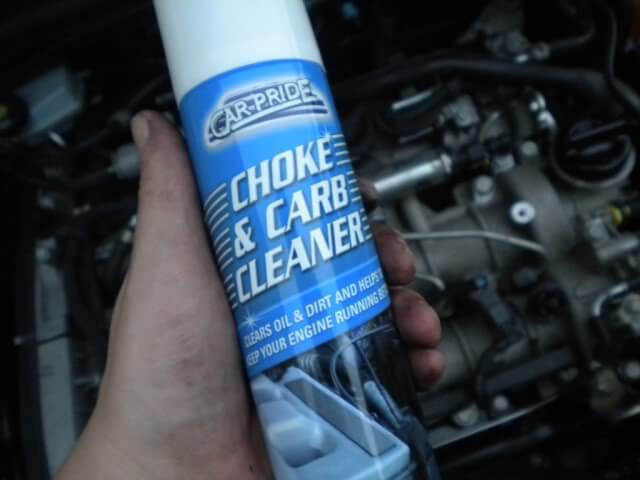
Use an EGR valve cleaning spray to loosen and dissolve hard carbon deposits. You can also use a carb cleaner or throttle body cleaner for this step.
Spray the cleaner on the surface of the valve. You should also spray inside the entry and exit ports of the valve, including the intake and exhaust ports.
Don’t be surprised if you find yourself emptying a couple of cans of spray cleaner. There are rare occasions when the EGR valve will need to be soaked overnight to loosen up all the carbon deposits. Use the cleaning brush to remove stubborn deposits.
After cleaning the EGR valve, use a cotton rag to wipe dry.
You can now reassemble the EGR valve and bolt it back to the engine.
Start the car and check if the symptoms have disappeared. Congratulate yourself for a job well done.
Conclusion
The EGR valve should be cleaned at least every 50,000 miles to maintain peak performance. If you have mysterious idling and performance issues with your ride, then it is probably time to inspect and clean the EGR valve to restore lost engine performance.

